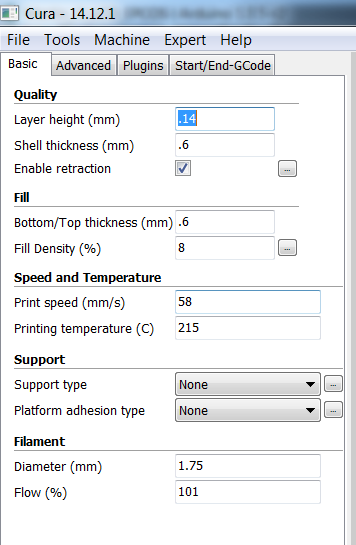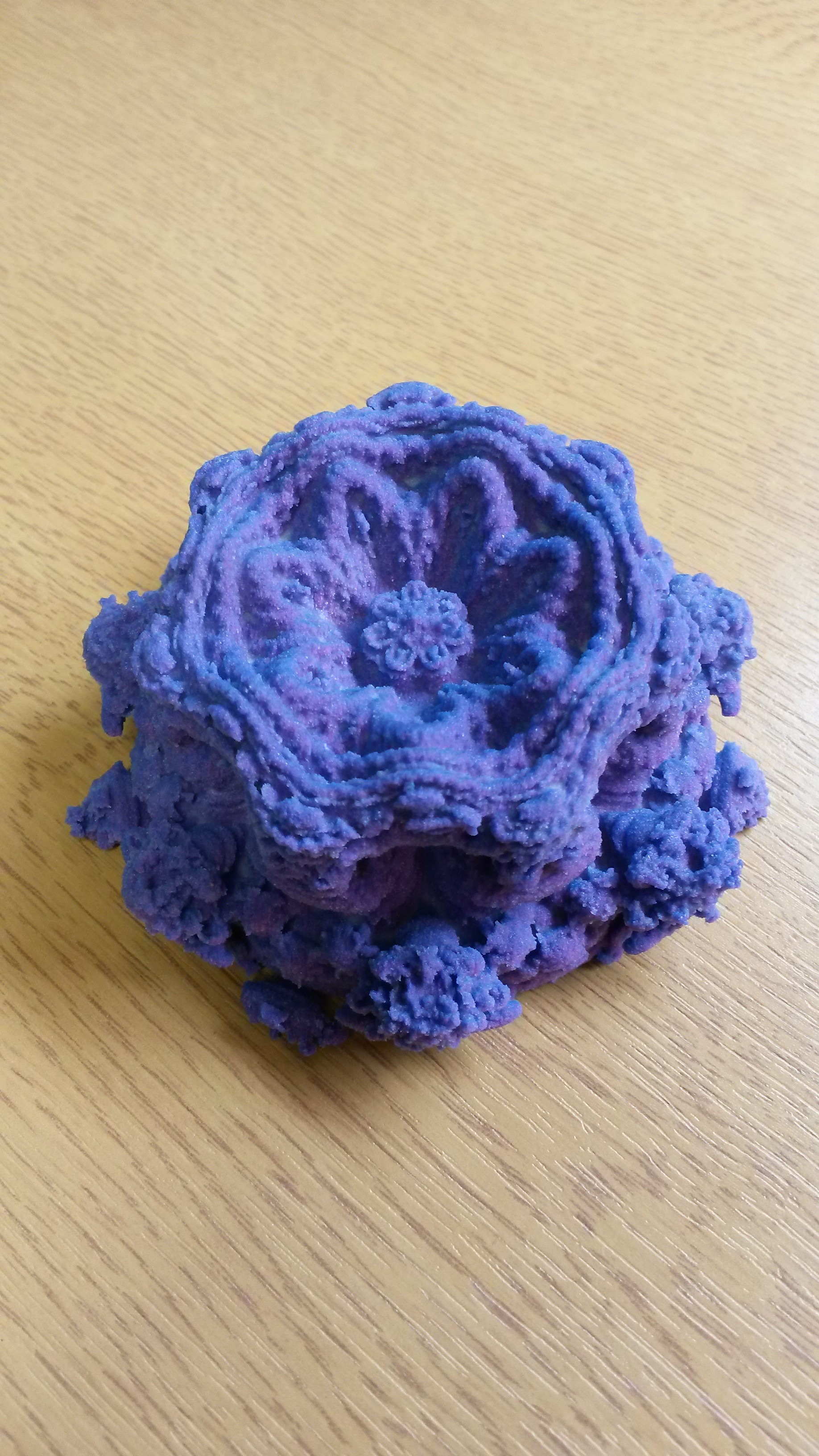
Most mapping algorithms work by trying to minimize an “energy,” which quantifies how much a shape deforms when it is displaced, stretched, squashed, and sheared into another shape. The team quickly realized that new mathematics and algorithms were needed to tackle volume mapping. The research will be presented at the ACM SIGGRAPH conference.Ībulnaga began this project by extending surface-based algorithms so they could map shapes volumetrically, but each attempt failed or produced implausible maps. Joining Abulnaga on the paper are Oded Stein, a former MIT postdoc who is now on the faculty at the University of Southern California Polina Golland, a Sunlin and Priscilla Chou Professor of EECS, a principal investigator in the MIT Computer Science and Artificial Intelligence Laboratory (CSAIL), and the leader of the Medical Vision Group and Justin Solomon, an associate professor of EECS and the leader of the CSAIL Geometric Data Processing Group. The same algorithm can transfer textures, annotations, and physical properties from one 3D shape to another, with applications not just in visual computing but also for computational manufacturing and engineering. For instance, it could be used to transfer the motions of a previously animated 3D character onto a new 3D model or scan. The technique could be useful in a number of graphics applications. Their algorithm was especially well-suited for challenging mapping problems where the input shapes are geometrically distinct, such as mapping a smooth rabbit to LEGO-style rabbit made of cubes. The approach Abulnaga and his collaborators developed was able to align shapes more effectively than baseline methods, leading to high-quality shape maps with less distortion than competing alternatives. Our method brings geometric mapping closer to physical reality,” says Mazdak Abulnaga, an electrical engineering and computer science (EECS) graduate student who is lead author of the paper on this mapping technique. “Switching from surfaces to volumes stretches the rubber glove over the whole hand.
#TETRIX 3D MODELS HOW TO#
Their algorithm determines how to move and stretch the corners of tetrahedra in a source shape so it aligns with a target shape.īecause it incorporates volumetric information, the researchers’ technique is better able to model fine parts of an object, avoiding the twisting and inversion typical of surface-based mapping. Their technique represents shapes as tetrahedral meshes that include the mass inside a 3D object. To address these shortcomings, researchers at MIT have developed an approach that aligns 3D shapes by mapping volumes to volumes, rather than surfaces to surfaces. These differences are particularly problematic when developing mapping algorithms, which automatically find relationships between different shapes. An animated character’s hand, for example, might crumple when bending its fingers - a motion that resembles how an empty rubber glove deforms rather than the motion of a hand filled with bones, tendons, and muscle. This modeling decision makes it efficient to store and manipulate 3D shapes, but it can lead to unexpected artifacts.
#TETRIX 3D MODELS SKIN#
Computers store these shapes as “thin shells,” which model the contours of the skin of an animated character but not the flesh underneath.

For now, scroll down to see more of the amazing Titanic 3D model.In computer graphics and computer-aided design (CAD), 3D objects are often represented by the contours of their outer surfaces. Similar tech as that used to create this life-sized 3D Titanic model isn't that far out of reach, and we have a tutorial to creating 3D scans with reality capture and a guide to the best laptops for 3D modelling that could get you started. This capture of the Titanic is important as the wreck is slowly decaying and such highly detailed scans and model ensures researchers can study the famous ship for years to come.
#TETRIX 3D MODELS SERIAL NUMBERS#
The full-sized 3D model is so detailed historians are able to zoom in and even see serial numbers on the ship.

"And the other challenge is that you have to map every square centimetre - even uninteresting parts, like on the debris field you have to map mud, but you need this to fill in between all these interesting objects." Magellan's Gerhard Seiffert shed some light on the complexity of the project in a BBC interview, saying: "The depth of it, almost 4,000m, represents a challenge, and you have currents at the site, too - and we're not allowed to touch anything so as not to damage the wreck.


 0 kommentar(er)
0 kommentar(er)
